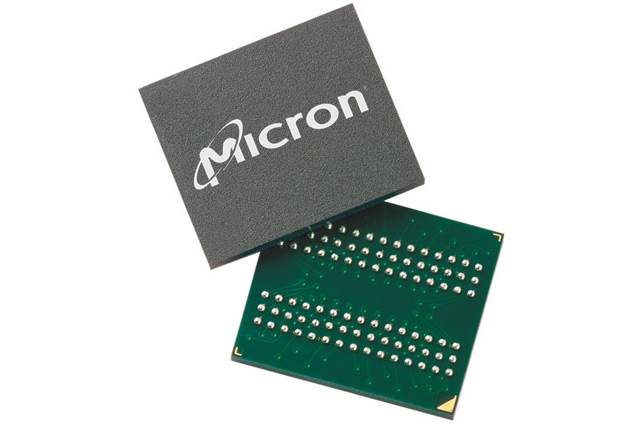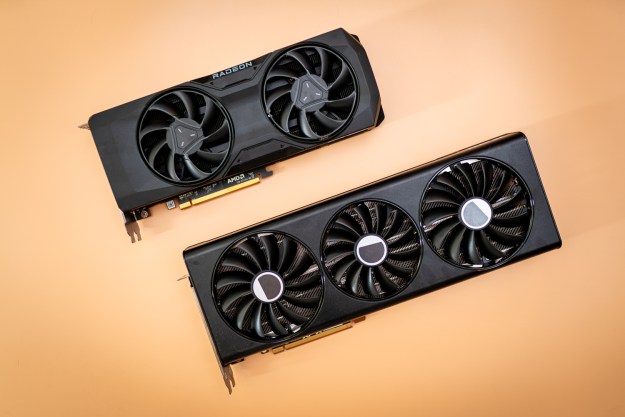
“The new memory advancements coming from Micron in 2016 are going to be called GDDR5X, not GDDR6 as was mentioned in the article. GDDR5X and GDDR6 are not the same product and Micron has not announced any plans involving GDDR6.”
It also clarified that GDDR5X is not designed to be a replacement or direct competitor to HBM:
“GDDR5X is intended to provide significant performance improvements to designs that are currently using GDDR5, therefore giving system designers the option of delivering enhanced performance without dramatically altering current architectures.”
Original Story
Although AMD’s Fury line of GPUs didn’t exactly set the world on fire, what was of real interest was its use of High Bandwidth Memory (HBM) which offers a number of performance and efficiency benefits over traditional GDDR5 solutions found in most contemporary graphics cards. Micron may have an alternative, and it’s the sequel to the latter memory standard.
Some are already calling it GDDR6, purportedly. This is a rumor coming from “internal sources,” so take that as you will, but the talk of new hardware is always worth letting tongues wag.
The Micron source is claiming (via Fudzilla) that the new memory standard will offer a bandwidth as high as 10-14 gigabits per 4GB module. In comparison, GDDR5 offers just 7Gbps for the same chip size. It also offers a sizable improvement over 8GB GDDR5 modules, which are touted as having a bandwidth up to 8Gbps.
Even if in the ideal scenario where a doubling of memory bandwidth was felt, this is unlikely to make GDDR6 a higher-performing alternative to HBM, which already offers more than double the performance of GDDR5 in comparable sizes. It is also not likely to be as efficient as HBM, nor as low-latency thanks to its placement in close proximity to the GPU, rather than on the PCB.
But none of that matters as much as it should right now, because despite AMD’s mainstream (albeit high-end) GPUs releasing with the new HBM standard back in the middle of this year, there are still shortages of those chips. Its sequel, HBM 2.0, which will offer even further performance and efficiency gains than its predecessor, is not expected to be ready until well into 2016.
If Nvidia is really thinking about adding HBM or HBM 2.0 to its new generation Maxwell cards, as is rumored, that will make supplies even scarcer.
And that’s where GDDR6 could come in. It may not be a viable contender for HBM in raw bandwidth, but it could be a great stopgap, and its more conventional design may make it easier to implement. Perhaps we’ll see the next generation of graphics cards from both AMD and Nvidia take a two-prong approach, with the most expensive cards sporting HBM/HBM 2.0, and the lower end cards using the more plentiful GDDR6.



